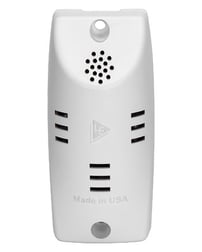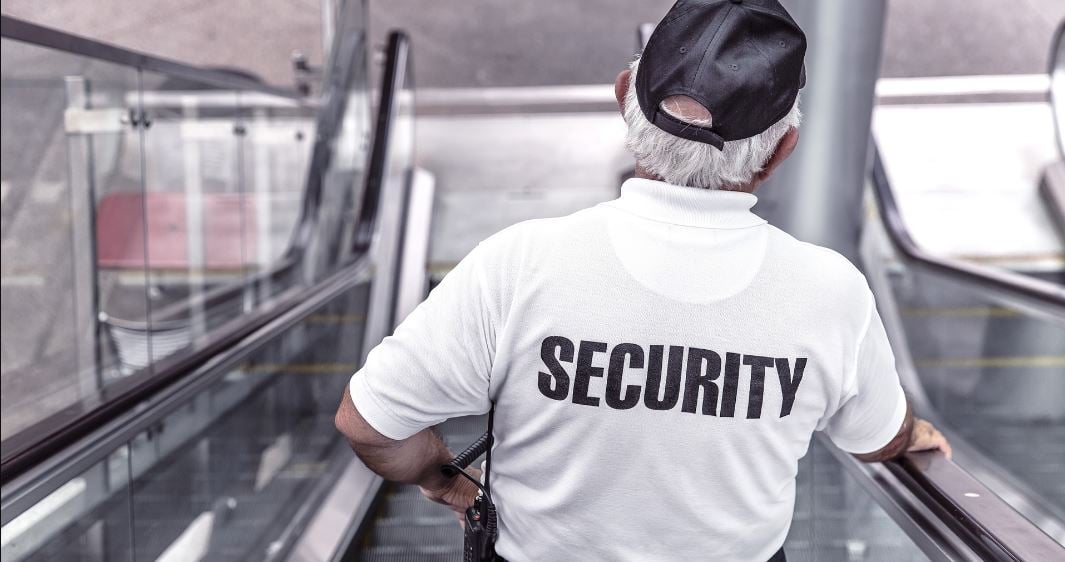It's time to dispel some myths about microphones and audio products in the security space.
If you're a security professional considering the use of audio in your next project but are hesitant due to any number of reasons, then read on.
In this article, we'll tackle popular myths like analog vs digital technology, the legality of audio products in security monitoring, and more. The end result should be a more confident recommendation and use of audio in your future security products.
In this case, we're referring to mic/line-level microphones vs digital/IP technology.
Putting the decades old debate about analog vs digital technology aside, there are practical
uses of each technology. Does your camera have a mic-level audio in port? If s
o, you wouldn't want to use an IP microphone. The same goes for an IP-based security network. Digital microphones utilizing IP technology would be ideal.
Ultimately, it's a matter of application.
2. Using microphones or recording audio is illegal in public spaces
- False, and this one's worth expanding on.

To start, it's always best to know the laws surrounding your business. For audio, the general rule of thumb is it's perfectly okay to record audio as long as there is no expectation of privacy.
An example of this would be signs posted clearly stating that there is audio monitoring on premises.
This is an example of overt audio monitoring. Covert audio monitoring, which involves recording without implied consent, is viewed entirely differently by law.
For more information about audio and the law, check out our free resource.
3. Acoustic environments affect audio pickup quality
- True.
There's a reason music studios have walls padded with carpet and other sound-absorbing material -- acoustic environments drastically affect audio pickup quality.
In security, a police interview room may have different acoustical qualities than say, the interior hallway of a school (concrete wall and hard cap ceiling versus drip tile and sheet rock). This is why microphone placement is such an important consideration for security integrators.
4. Some microphones are designed to pickup the human voice better than others
- True.
Louroe Electronics microphones are designed with "speech intelligibility" in mind. This means our microphones are designed and calibrated to be sensitive to audio frequencies in the range of the human voice.
This is ideal for microphones placed in law enforcement facilities, schools, and commercial environments.
5. Microphones have a specific reach that can be measured in feet
- True.
While lower-end microphones found on security cameras typically have a dismal range of 5 - 10 ft, high quality microphones can easily pickup audio that's 15 - 30 ft away.
6. Microphones can have different pickup patterns
- True.
Bi-directional and omni-directional are just a few of the different pickup patterns of microphones. Decide on your microphone placement, acoustic environment, and overall application to help steer you in the right direction for your next project.
7. Audio on surveillance cameras will suffice
- False.
Surveillance cameras are typically outfitted with low-end microphones. This produces a tinny sound quality and renders the recording useless at times -- an important consideration if you intend on using the microphones to capture evidence like a criminal confession for use in court.
8. Microphones don't need an external power supply
- False.
Digital, mic-level, and line-level mics all have one thing in common -- they require an external power supply to function.
Takeaway
Ideally, you should walk away from this article knowing more about audio, the law, and the technology driving the audio monitoring industry.
With so many misconceptions and myths about audio in this industry, we hope by dispelling some common myths you will be able to confident offer this valuable technology in future security projects.




